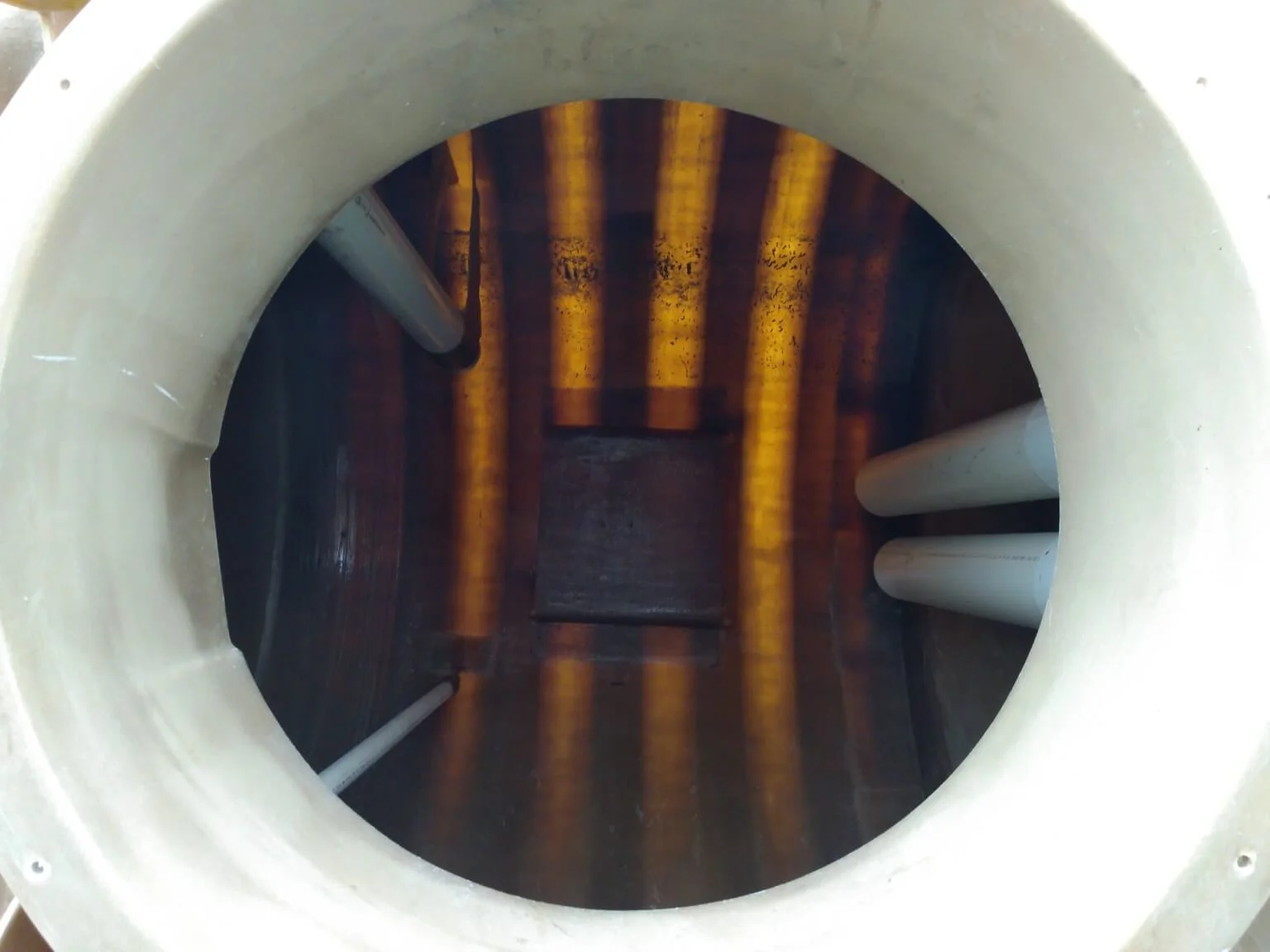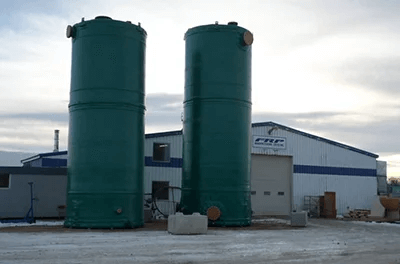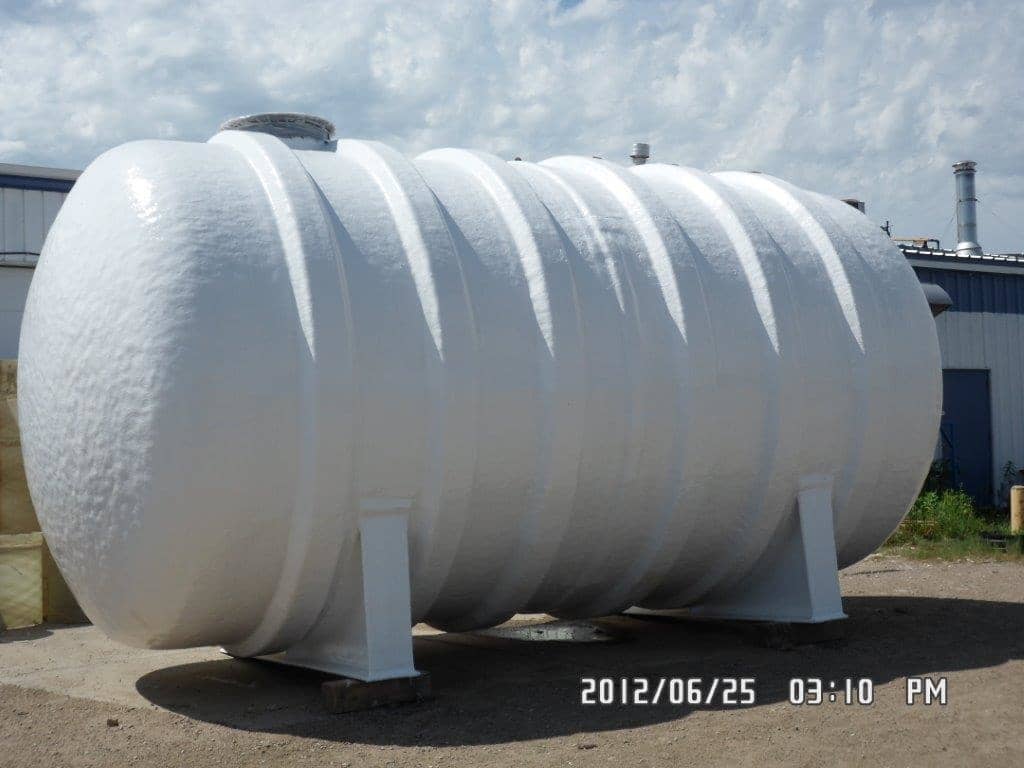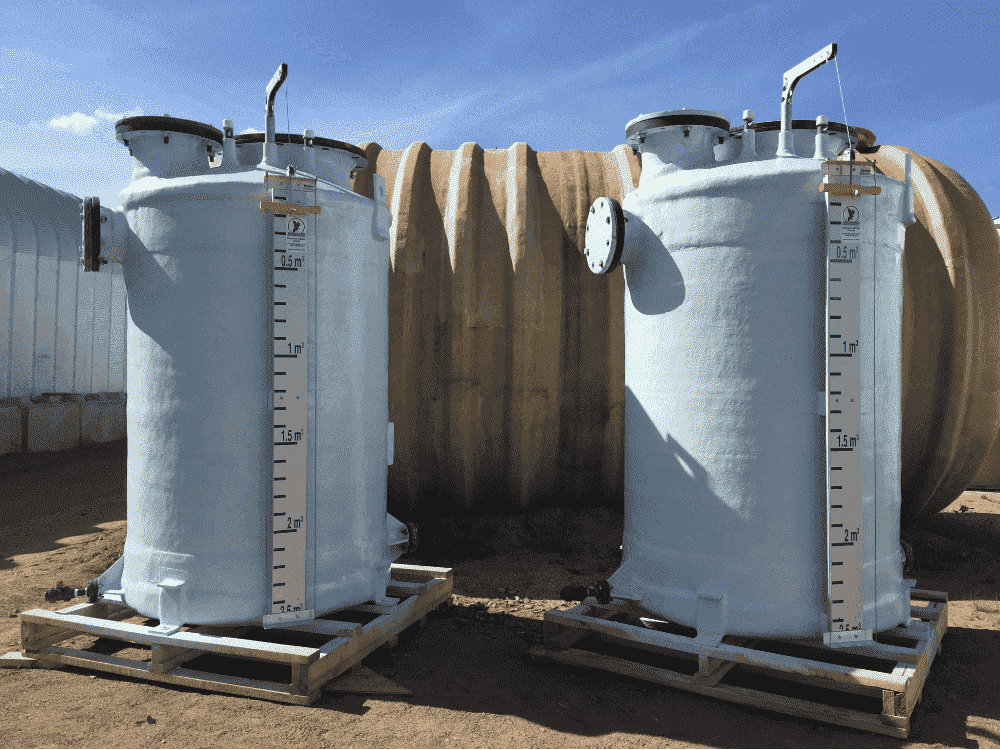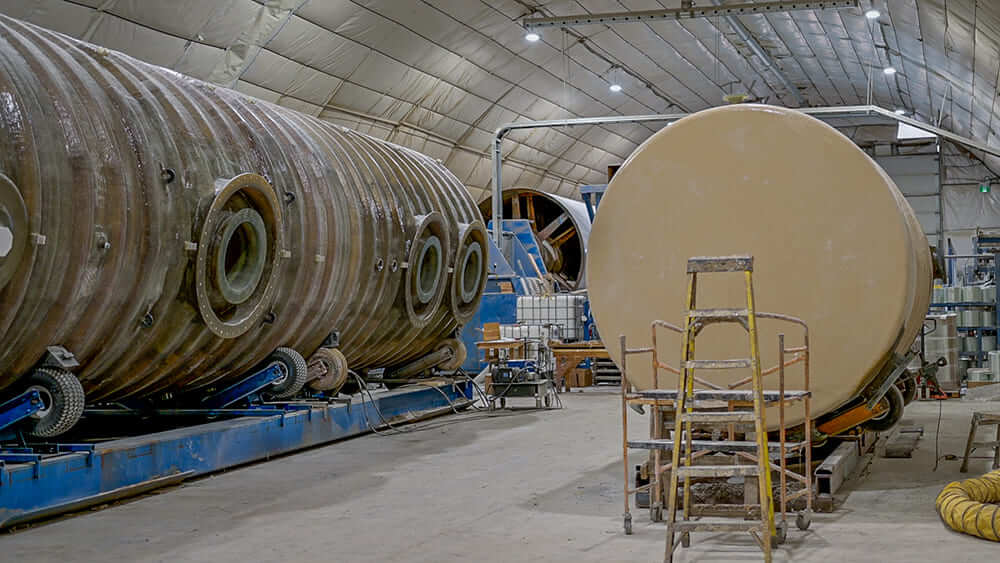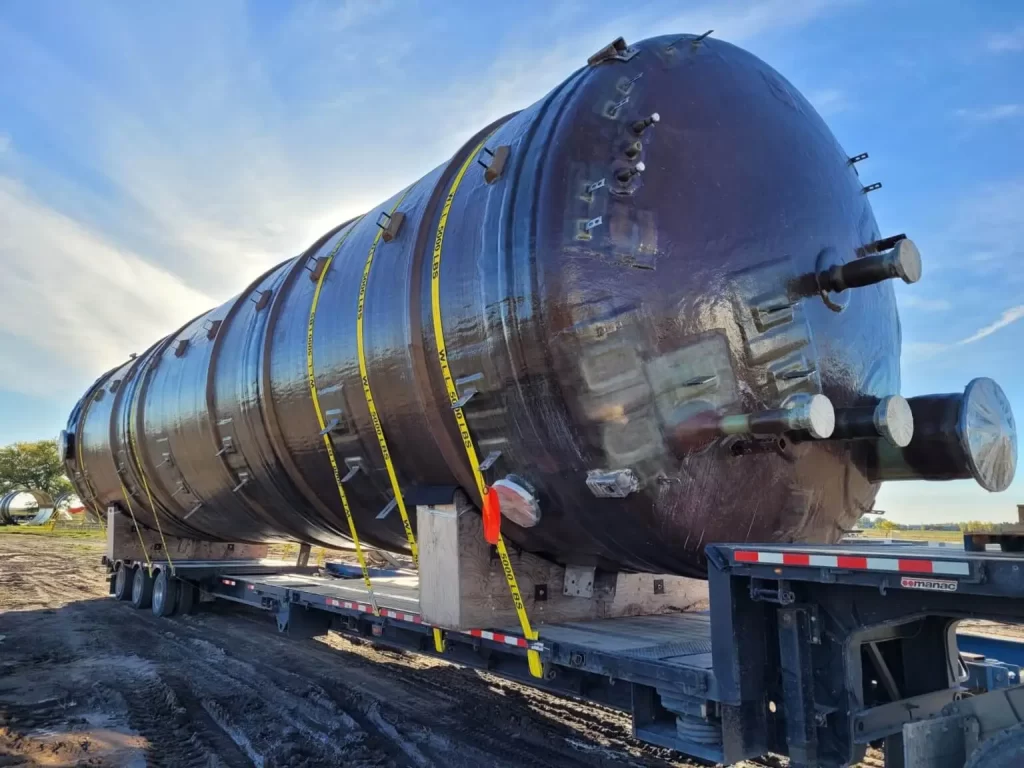If you work in a field that handles highly corrosive materials, you know just how important it is to choose the right resin for your storage units. Fiberglass reinforced plastic is a terrific material to construct quality, long-lasting tanks, but if the right resin isn’t used for a tank in a highly corrosive environment, it doesn’t matter how good the FRP is. The resin is the source of a tanks’ corrosive resistance and it is the binding that holds everything together. The corrosive materials will meet the resin first before the FRP and that’s why it’s so important to select the right resin to allow the tank to function at maximum efficiency while providing the foundation for the longevity of the product.
Choosing the right resin will in turn lower the lifetime cost of the product. If you start off with a resin that cannot handle the corrosive environment or the materials, you’ll end up spending more in maintenance and eventual replacement than if the right resin is used from the beginning. So before you pick the resin that has the lowest initial cost, consider the lifetime cost of a tank that will require more maintenance down the road than one that will cost more upfront. For example, if you were to use an isophthalic resin for storing a brine mix under high heat, the tank lifespan would deplete dramatically by a number of years. Using a vinyl ester resin instead, which is much better equipped to handle high heat situations, will outlast the isophthalic tank by upwards of a decade even though it’s more expensive upfront. Before you weigh the cost of the initial product, because it can be in the range of $10,000 and up, consider the cost of maintenance for a tank that works, but isn’t quite suited to the job. That isophthalic tank would need to be relined at least every four years where the vinyl ester tank can make it to twelve years between relinings. Not only is that more labour cost, but replacing the lining can be a pricey job. Relining a tank requires the same amount of resources and labour with either product, but the frequency at which you need to reline depends on the type of resin used in the construction of the tank.
Understanding the requirements of your worksite is what will save you the big bucks in the long run. Investing in the right materials will inevitably save you time and money and in turn provide a more efficient working environment. Consider the resin you need for your next project, especially if you’re working alongside corrosive materials. If you’re not sure where to start, get in touch with us and we’ll help find a solution!

